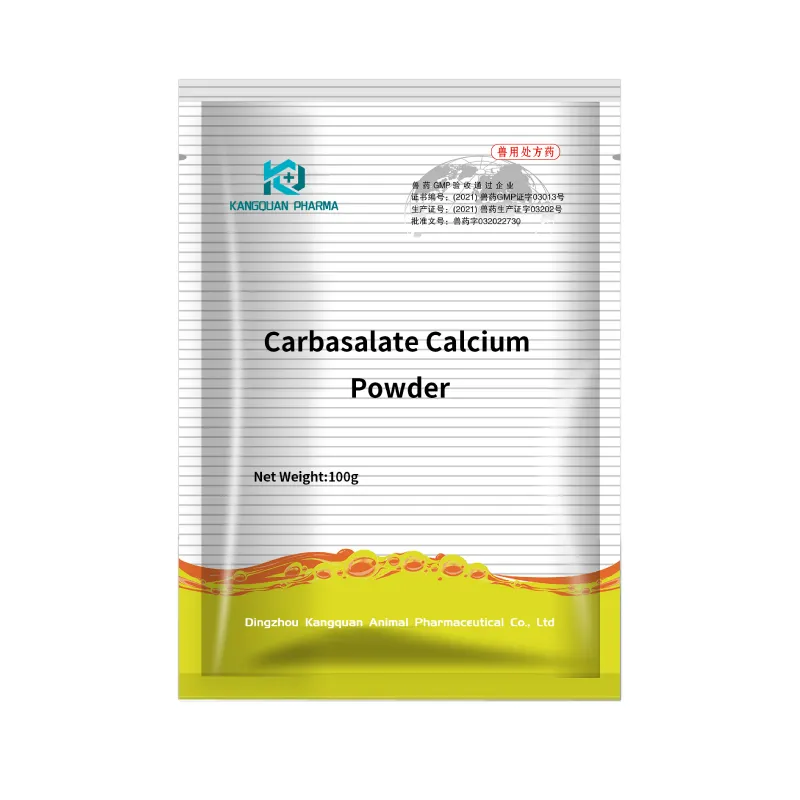- Afrikaans
- Albanian
- Amharic
- Arabic
- Armenian
- Azerbaijani
- Basque
- Belarusian
- Bengali
- Bosnian
- Bulgarian
- Catalan
- Cebuano
- Corsican
- Croatian
- Czech
- Danish
- Dutch
- English
- Esperanto
- Estonian
- Finnish
- French
- Frisian
- Galician
- Georgian
- German
- Greek
- Gujarati
- Haitian Creole
- hausa
- hawaiian
- Hebrew
- Hindi
- Miao
- Hungarian
- Icelandic
- igbo
- Indonesian
- irish
- Italian
- Japanese
- Javanese
- Kannada
- kazakh
- Khmer
- Rwandese
- Korean
- Kurdish
- Kyrgyz
- Lao
- Latin
- Latvian
- Lithuanian
- Luxembourgish
- Macedonian
- Malgashi
- Malay
- Malayalam
- Maltese
- Maori
- Marathi
- Mongolian
- Myanmar
- Nepali
- Norwegian
- Norwegian
- Occitan
- Pashto
- Persian
- Polish
- Portuguese
- Punjabi
- Romanian
- Russian
- Samoan
- Scottish Gaelic
- Serbian
- Sesotho
- Shona
- Sindhi
- Sinhala
- Slovak
- Slovenian
- Somali
- Spanish
- Sundanese
- Swahili
- Swedish
- Tagalog
- Tajik
- Tamil
- Tatar
- Telugu
- Thai
- Turkish
- Turkmen
- Ukrainian
- Urdu
- Uighur
- Uzbek
- Vietnamese
- Welsh
- Bantu
- Yiddish
- Yoruba
- Zulu
Dec . 06, 2024 16:43 Back to list
siclidon doxycycline hyclate
Siclidon Doxycycline Hyclate A Comprehensive Overview
Doxycycline hyclate is a widely used antibiotic that belongs to the tetracycline class of drugs. It is particularly known for its effectiveness against a broad range of bacterial infections and is utilized in various medical fields, including infectious diseases, dermatology, and even respiratory medicine. One formulation of doxycycline, often branded under the name Siclidon, is noteworthy for its efficacy and specific applications in treating certain conditions.
Mechanism of Action
Doxycycline works by inhibiting protein synthesis in bacteria, which is critical for bacterial growth and reproduction. It achieves this by binding to the 30S ribosomal subunit, preventing the addition of new amino acids to the growing peptide chain. This action effectively halts bacterial proliferation, allowing the immune system to eliminate the infection. Doxycycline is effective against both Gram-positive and Gram-negative bacteria, making it a versatile choice in the clinical setting.
Indications
Siclidon doxycycline hyclate is prescribed for various infections, including but not limited to
1. Respiratory Infections It is often used to treat pneumonia, bronchitis, and sinusitis caused by susceptible bacteria. 2. Skin Infections Conditions such as acne and rosacea may be treated with doxycycline due to its anti-inflammatory properties. 3. Sexually Transmitted Infections It is effective against certain sexually transmitted pathogens including Chlamydia and Gonorrhea. 4. Vector-Borne Diseases Doxycycline is the drug of choice for diseases like Lyme disease and Rocky Mountain spotted fever, both of which are transmitted by ticks.
Pharmacokinetics
Doxycycline hyclate is well-absorbed in the gastrointestinal tract, with peak plasma concentrations typically reached within 2 hours of ingestion. It has a long half-life, ranging from 18 to 22 hours, allowing for once or twice daily dosing, which enhances patient compliance. Additionally, doxycycline is less affected by food consumption compared to other tetracyclines, making it more convenient for patients.
siclidon doxycycline hyclate

Side Effects and Considerations
Like all medications, Siclidon doxycycline hyclate can cause side effects. The most common ones include
- Gastrointestinal Disturbances Nausea, vomiting, and diarrhea are common, especially if the medication is taken without food. - Photosensitivity Patients may experience increased sensitivity to sunlight, resulting in a higher risk of sunburn. - Esophageal Irritation It is important for patients to take the medication with a full glass of water and not to lie down immediately afterward to prevent esophageal irritation. - Potential Impact on Bone and Teeth Tetracyclines are generally avoided during pregnancy and in young children due to the risk of tooth discoloration and potential effects on bone growth.
Resistance and Future Directions
Antibiotic resistance is an escalating issue in healthcare, and doxycycline is not immune to this problem. The overuse and misuse of antibiotics can lead to resistant strains of bacteria, diminishing the effectiveness of treatments. It is crucial for healthcare providers to prescribe antibiotics judiciously and for patients to complete their prescribed courses.
Research is ongoing to assess the optimizing use of doxycycline and developing new formulations that may enhance its effectiveness and minimize side effects. Combination therapies are also being explored to increase efficacy against resistant strains.
Conclusion
Siclidon doxycycline hyclate offers a powerful tool in the fight against various bacterial infections, showcasing its versatility and broad spectrum of activity. Despite the challenges posed by side effects and antibiotic resistance, its clinical applications remain vital in treating a range of medical conditions. As with any antibiotic, responsible use and adherence to prescribed guidelines are crucial to maintaining its effectiveness and ensuring the safety of patients. As we move forward, ongoing research will continue to shed light on improving treatment protocols and combating resistance, ensuring that doxycycline remains a cornerstone of antibacterial therapy.
-
Guide to Oxytetracycline Injection
NewsMar.27,2025
-
Guide to Colistin Sulphate
NewsMar.27,2025
-
Gentamicin Sulfate: Uses, Price, And Key Information
NewsMar.27,2025
-
Enrofloxacin Injection: Uses, Price, And Supplier Information
NewsMar.27,2025
-
Dexamethasone Sodium Phosphate Injection: Uses, Price, And Key Information
NewsMar.27,2025
-
Albendazole Tablet: Uses, Dosage, Cost, And Key Information
NewsMar.27,2025













